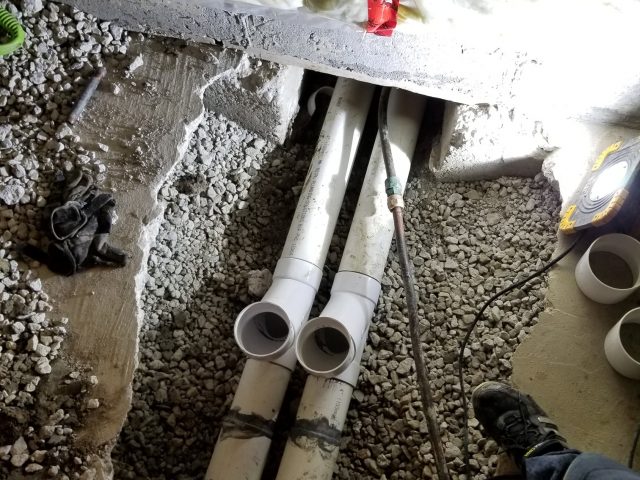Air is generally a blend of different gases and vapours, water vapour usually being one of the most usual vapour component. The amount of water vapour can vary extensively depending upon the ambient temperature, stress, and accessibility of liquid water around. Nevertheless, there is a limitation to the amount of water that can be held in air as a vapour. Attempting to include more vapour will certainly result in condensation of the vapour. At this point, the air-water mixture is stated to be filled. There are two fundamental attributes of this air/water vapour mix.
1. At any offered pressure, the greater the temperature level, the better the quantity of water that can be held as a vapour in the blend.
2. At any type of provided temperature level, the greater the stress, the smaller sized the amount of water that can be held as vapour in the mix.
Humidity
The principle of Humidity (sometimes described as ‘stress humidity’) is just an additional way of regarding as well as measuring at the first feature. If you maintain lowering the temperature of the air at any given stress, ultimately you get to a point where the amount of moisture in the blend ends up being equal to the optimum that can be held as a vapour. If the temperature level is lowered any kind of further, water will certainly start condensing out of the mix. That temperature is called the Dew Point at that stress. Obviously, both parameters that figure out the humidity are (1) the stress and (2) the quantity of water vapour present in the blend.
High amounts of water vapour are generally harmful to devices that uses air as a functioning liquid. The visibility of fluid water is usually even more damaging to both the performance and working life of equipment. So it is typically important that all liquid water be gotten rid of from the damp air and also the amount of water vapour be lowered to ‘acceptable’ levels.
Circumstances that typically require analysis
( a) air at some known problems (e.g. stress. temperature level, loved one humidity) is pressed to some well-known pressure.
( b) the pressed air is called for to fulfill some problems (e.g. stress, temperature level, family member moisture or water vapour material limit).
( c) it generally becomes required to figure out.
( 1) the quantity of fluid water that will certainly need to be drained pipes off, and.
( 2) the amount of water that will need to be removed by various other ways.

Making Use Of the Psychrometric Graph
If the psychrometric graphes for the first pressure and also the last stress are offered, It is possible to figure out the amount of water vapour (kg.water/ kg completely dry air; additionally called the Details Moisture) at the beginning of the process. From the chart for the pressure of the compressed air, it is possible to discover the particular humidity at saturation at the temperature level of the compressed air. The difference between both certain humidity values indicates the quantity of condensation that would have occurred (per unit weight of completely dry air) during the compression procedure. The distinction in between the specific moisture at saturation and also the preferred certain moisture of the compressed air indicates the amount of wetness that will certainly have to be eliminated by a few other ways.
An Alternative Approach
If a chart showing the specific moisture on one axis (say the Y-axis) and pressure on the various other axis (X-axis) is readily available, all that requires to be done is.
( 1) to draw a horizontal line through the details humidity at the beginning of the compression.
( 2) to situate (on the X-axis) the pressure of the compressed air as well as draw a vertical line there.
( 3) Discover the certain moisture at saturation of the pressed air at the provided temperature level, and note the point on the vertical line reeled in action 2.
( 4) If the factor is below the line reeled in step 1, the upright distinction shows the amount of condensate that will certainly be developed. If the point is above the line drawn in step 1, it signifies that there will be no condensate.
The important requirement here is the schedule of graphs that display the 100% RH contour (for various temperature levels), outlined versus Specific humidity on one axis and also Pressure on the various other. Such graphs might be outlined as follows for each temperature level concerned. Due to the complexity of the equations as well as the recurring nature of the estimations involved, a software technique is asked for. Learn more tips on getting a new air conditioner by going to this website.
For each temperature (T1) worried, find the specific humidity (H1) at saturation for a defined pressure (P1). Plotting the factor at which the x-coordinate = P1 and the Y coordinate = H1 gives a factor on the chart for temperature T1. Perform these staps over the entire variety of temperature and also stress that you are interested in to obtain the called for graphs. The accuracy of the graphs will certainly depend upon the formulas used to carry out the determination of the specific humidity over the whole series of temperatures and pressures worried.





